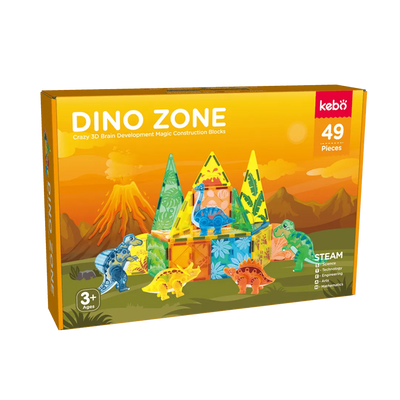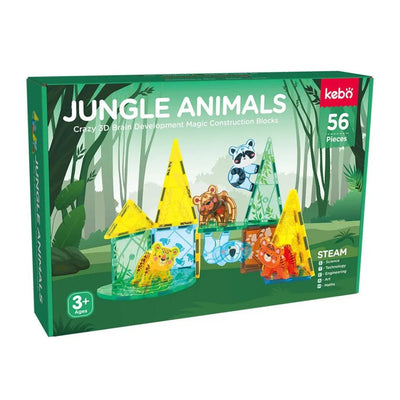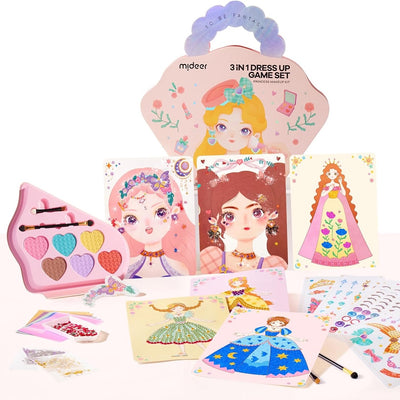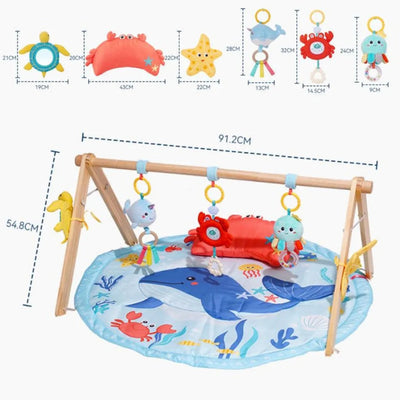What age should a baby go on a play mat?
Babies can start using a play mat as early as newborn age, typically around 0-3 months. Play mats provide a soft, safe space for tummy time, which is recommended from day one to help strengthen neck and shoulder muscles.
As babies grow and develop, play mats become useful for:
- 3-6 months: Encouraging reaching, grasping, and rolling.
- 6-12 months: Supporting crawling, sitting, and early motor skills.
- 12 months and beyond: Providing a safe area for active play and exploration.
🧸 Baby Play Mats – Safe, Soft Spaces for Tummy Time & Exploration
Create a safe and inviting space for your baby to play, rest, and explore with our baby play gym collection. Each mat is soft, durable, and easy to clean—perfect for tummy time, crawling, or toddler floor activities.
Benefit of Buying a Baby Gym
A baby gym is one of the most essential nursery items. It creates a soft, clean surface for your child to safely roll, crawl, stretch, or sit. Whether you're using it for tummy time or everyday play, a well-designed mat supports early development and daily comfort.
Our play mats can also support:
-
Motor skill development through movement
-
Sensory exploration with soft and textured surfaces
-
Tummy time routines that improve muscle tone and balance
-
Safe zones for early toy play or sibling bonding
What to Look for in a Baby Play Mat: A Parent’s Guide
A infant play mat is one of the most useful and long-lasting items you can invest in for your child’s early years. It offers a clean, soft space for tummy time, rolling, crawling, and interactive play. But with so many options available, how do you choose the right one? Here are the key features to consider when shopping for a baby play mat.
🛡️ 1. Safety First
Choose a play mat made from non-toxic, BPA-free, and phthalate-free materials. Look for certifications that confirm it meets Australian or global safety standards. Babies spend a lot of time with their faces close to the surface—so safety is non-negotiable.
🧽 2. Easy to Clean
Babies are messy. From drool to snack spills, your mat will see it all. A waterproof or wipe-clean surface makes maintenance easy. Some fabric mats are machine-washable but take longer to dry.
🌿 3. Cushioning & Support
A good play mat should be thick enough to cushion tumbles but soft enough for comfortable floor time. Foam mats (especially XPE) offer excellent shock absorption. Quilted fabric mats are softer but less cushioned on hard floors.
📏 4. Size & Portability
Consider your space. Do you need a foldable mat that stores easily, or a large mat that covers a full playroom? Foldable mats are great for small homes or for travel.
🎨 5. Design & Style
A play mat will likely stay out in your home, so choose a design that matches your aesthetic. Modern neutral colours and minimalist patterns can complement your living space while still being engaging for your child.
💡 Final Tip: Match the Mat to Your Baby’s Stage
Younger babies may benefit from textured or patterned mats that support visual development during tummy time. Older babies need a stable surface for crawling and walking.






